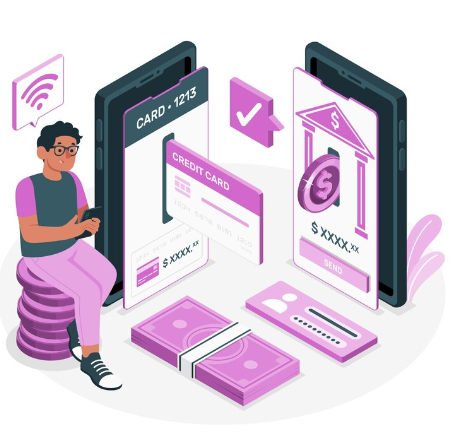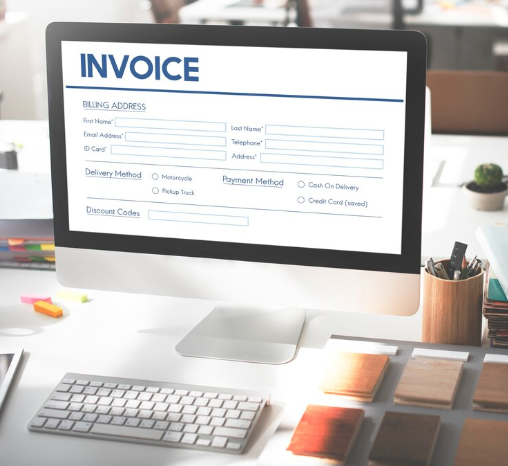Our Values: Professionalism, efficiency, precision and integrity
A Invoice To Cash is a critical component of the order-to-cash (O2C) process that focuses specifically on the management of invoices and the collection of payments from customers. This solution aims to streamline and automate the steps from invoice creation to cash collection, improving cash flow and reducing the time it takes for businesses to receive payments
Steps for Invoice To Cash Cycle:
1. Order Management: Processing orders and verifying contract terms.
2. Invoicing: Generating accurate and timely invoices.
3. Accounts Receivable (AR): Tracking outstanding invoices and managing collections.
4. Payment Processing: Ensuring that payments are received and recorded correctly.
5. Dispute Management: Handling any discrepancies or disputes related to invoices.
6. Reporting & Analysis: Generating reports to monitor cash flow and identify trends in payments and outstanding balances.
Our system generates and delivers accurate invoices based on order data, ensuring all necessary details are captured and reducing the risk of human error.
We integrate multiple payment gateways, enabling your customers to make payments quickly and securely through various channels, including credit cards, bank transfers, and mobile wallets.

With a real-time overview of outstanding invoices and payment history, our solution helps businesses track and manage customer payments effectively, reducing the likelihood of overdue accounts.
The platform provides tools to handle invoice discrepancies and customer disputes, ensuring that issues are resolved efficiently and without impacting cash flow.
Tailor the invoicing, payment, and collection processes to meet your organization’s specific needs. You can set automated reminders, adjust payment terms, and define workflows for handling exceptions.

At Outsourced Professional Services,we offer a streamlined and comprehensive I2C system that helps businesses automate their billing and payment processes, ensuring accuracy, reducing delays, and optimizing cash flow.
Electronic customer invoicing is the base component of any invoice-to-cash software. It automates invoice generation (or, in the case of manual invoicing, turns your invoices into PDFs). Then, you’ll use it to send the invoice straight to their email inbox.
Payment gateways are the interfaces that connect e-invoicing systems with payment networks (e.g., VisaNet, Mastercard Payment Gateway Services). They securely transmit payment information between parties and authorize each transaction. When your customer pays your invoice through your software, it will use these intermediaries to process the transfer.
If your business deals with subscriptions or recurring billing, you need to track customer payments, changes in subscription terms, and cancellations. This type of platform will support each customer’s unique billing cycle, subscription tier/price, and self-service portal integration (for account configuration).
Reconciling invoices is the process of matching customer payments with their respective invoices. This task is particularly useful if you have a ton of customers paying via different methods (e.g., credit card, ACH, check). Most subscription billing tools will also offer this feature.
Most billing software will also provide you with detailed reports and analytics about your invoicing process. You’ll be able to access key metrics, like revenue growth, churn rate, customer lifetime value (CLV), and other financial KPIs.
Faster invoicing and streamlined collection processes lead to quicker cash inflows, reducing days sales outstanding (DSO) and improving overall liquidity.
Automation of repetitive tasks, such as invoice generation and payment reminders, reduces manual effort and minimizes errors, allowing your team to focus on more strategic initiatives..
Automated data entry and invoicing processes reduce the likelihood of human error, ensuring that invoices are accurate and compliant with regulatory standards.
Offering multiple payment options and easy access to invoice information enhances customer satisfaction, leading to stronger relationships and potentially increased repeat business.
Access to dashboards and reporting tools provides real-time insights into cash flow, outstanding invoices, and payment trends, enabling better decision-making.